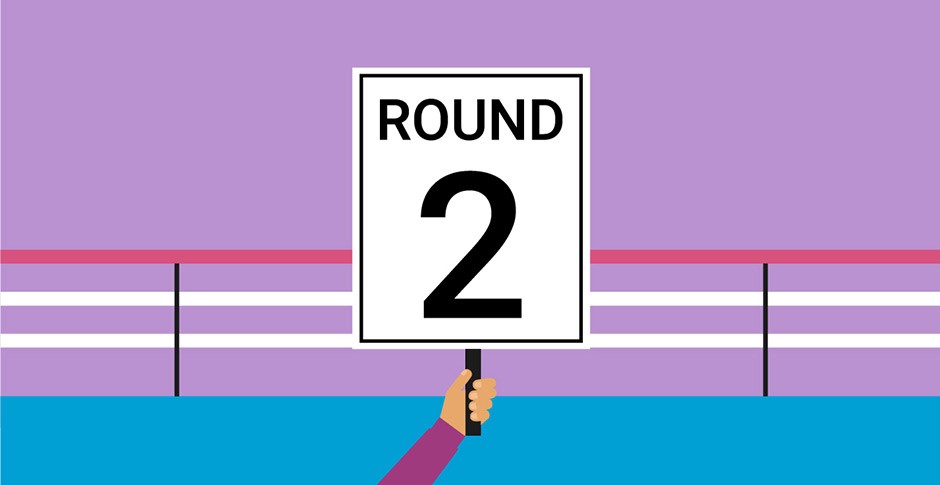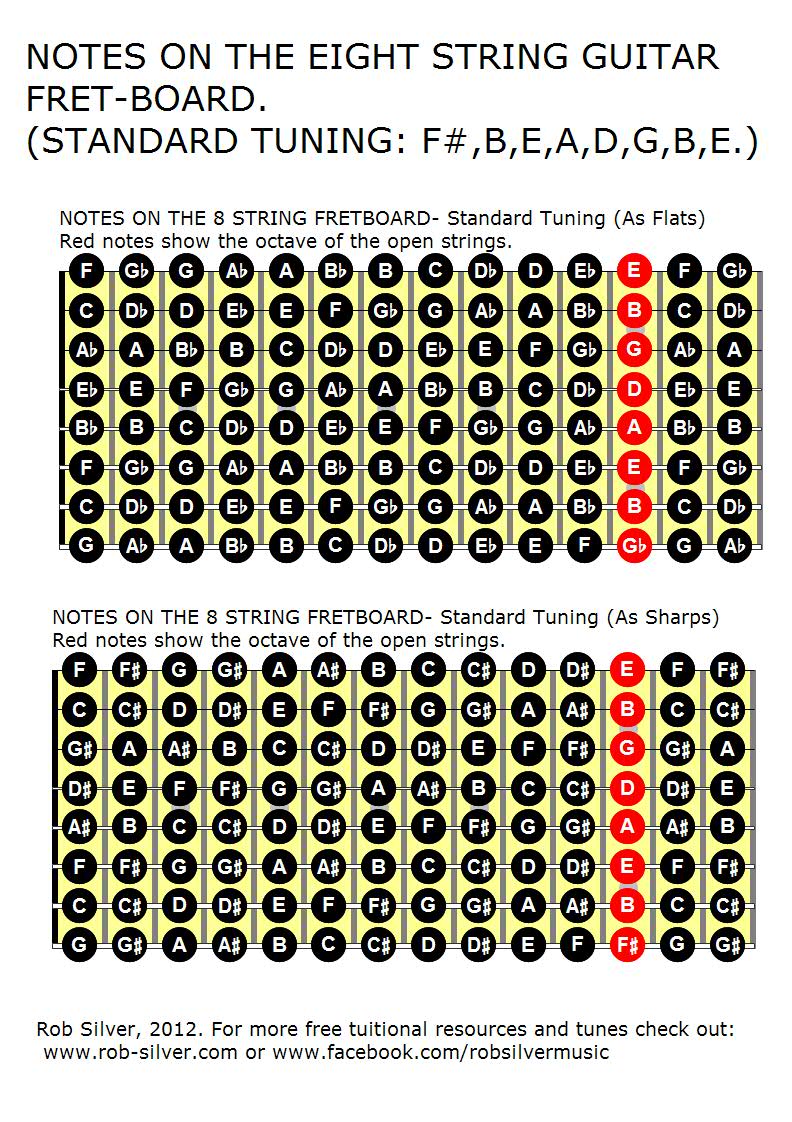

So when you add those guys up, it gets 4/8ths of a beat, or rather ½ of a beat. It’s usually paired with a thirty-second note – yes, twice as fast as a sixteenth note and worth an 8 th of a beat. So this dotted 16 th note gets 3/8ths of a beat. That is a tiny amount of a beat! Hence why it’s rare, but not unheard of.

The dot adds half of that – an 8 th of a beat. It’s rare, but on the off-chance you come across it, you’ll know what to do. Okay, so let’s take a brief look at the dotted 16 th note.
#8 THIRTY SECOND NOTES HOW TO#
Here’s an example of how that would be counted:Ĭheck out the video for more examples on how to count dotted eighth notes! How to count a dotted sixteenth note ”Īnd when we count in a sixteenth note subdivision, we count ” 1 e + a, 2 e + a, 3 e + a, 4 e + a. When we count in an eighth note subdivision, we count “1 + 2 + 3 + 4 +. When we count basic quarter notes, we count “1, 2, 3, 4.” Since dotted eighth notes are worth 3/4 of a beat, and are usually “finished off” by a sixteenth note, we need to count with a 16th note subdivision. Lots of math! How to count dotted eighth notes
#8 THIRTY SECOND NOTES FULL#
For example, a dotted quarter note, worth 1 and a half beats, is often paired with an eighth note, to “finish off” that half beat and round it up to a full two beats.Ī dotted eighth note might be paired with a sixteenth note, so that the two notes together can equal one beat.

If you missed the first video, you can check it out here: How dotted notes work, part 1.
#8 THIRTY SECOND NOTES SERIES#
Similar rules apply to smaller divisions such as sixty-fourth notes.Ī related symbol is the thirty-second rest or demisemiquaver rest (shown to the right), which denotes a silence for the same duration as a thirty-second note.Today’s video is the second part of our short two-part series on dotted notes. When multiple thirty-second notes or eighth notes (or sixteenths, etc.) are next to each other, the flags may be connected with a beam. On stems extending up, the flags start at the top and curve down for downward extending stems, the flags start at the bottom of the stem and curve up. Flags are always on the right side of the stem, and curve to the right. When they are on or above the middle line, they are drawn with stems on the left of the note head, extending down. Īs with all notes with stems, thirty-second notes are drawn with stems to the right of the notehead, extending up, when they are below the middle line of the musical staff. A single thirty-second note is always stemmed with flags, while two or more are usually beamed in groups. Thirty-second notes are notated with an oval, filled-in note head and a straight note stem with three flags or beams. It lasts half as long as a sixteenth note (or semiquaver) and twice as long as a sixty-fourth (or hemidemisemiquaver). In music, a thirty-second note (American) or demisemiquaver (British) is a note played for 1⁄ 32 of the duration of a whole note (or semibreve).


 0 kommentar(er)
0 kommentar(er)
